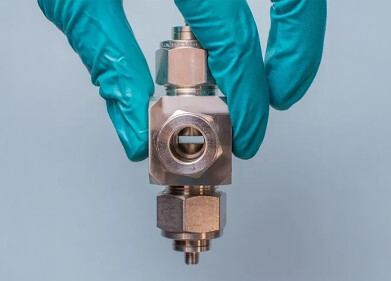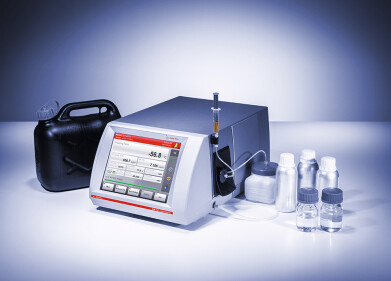Analytical Instrumentation
What Methods Are Used for Petroleomics?
Oct 11 2021
From characterising a sample of North Sea crude to determining if a blend is suitable for a specialised refinery, petroleomics has become an invaluable tool in the oil and gas industry. The technique allows scientists to identify and quantity the constituents of petroleum on a molecular scale, with recent advances in technologies unlocking astonishing compositional detail.
Putting the “omics” in petroleomics
Like many other branches of science, the field uses the “omics” suffix. This indicates that petroleomics is a comprehensive field that aims to characterise and quantify all biological molecules present in a sample.
A variety of different methods are used to profile samples, most founded in high-resolution mass spectrometry. Some of the most popular methods are listed below:
-
Electrospray Ionisation (ESI)
When paired with Fourier Ion Cyclotron Resonance Mass Spectrometry (FTICR MS), Electrospray Ionisation (ESI) is useful technique for characterising petroleum on the molecular scale. The ionisation method generates ions by forcing energetic electrons to interact with solid or gas phase molecules or atoms.
-
High-Resolution FT-ICR (FTICR) Mass Spectrometry
The use of a high-resolution FTICR mass spectrometry has pushed the boundaries of petroleomics. The advanced instrument ionises nonpolar petroleum components using a process called field desorption. This allows researchers to identify a wide range of nonpolar components in petroleum samples, which may not be visible when using electrospray ionization (ESI) techniques.
-
Atmospheric Pressure Photoionisation (APPI)
APPI is a useful ionisation method suitable for both polar and nonpolar molecules. It takes just seconds to generate an APPI spectrum, making the technique fast and efficient. Minimal sample preparation is required, making it easy to isolate, identify and quantify the molecular characteristics of a petroleum sample, without compromising its integrity or altering its natural state.
-
Atmospheric Pressure Chemical Ionisation (APCI)
Another widely used method, APCI records the reactions of gas-phase ion-molecules to characterise petroleum samples. It’s often paired with High-Performance Liquid Chromatography (HPLC) to improve the quality and complexity of data.
-
Advanced software tools
Over the past decade, advances in petroleomics technologies have significantly increased the quality and complexity of data. This has prompted software engineers to develop sophisticated tools and programs capable of turning this raw data into useable information. Composer by Sierra Analytics and PetroOrg are both state-of-the-art software solutions developed specially for the petroleomics sector.
Want to stay up-to-the-minute with the latest petroleomics news? Don’t miss the upcoming PEFTEC virtual conference featuring insight from renowned scientists, professors and industrial technologists. This year, there will be a special focus on recycling and renewables, and the important role petroleomics will play in creating a greener and more sustainable oil industry.
Digital Edition
PIN 25.5 Oct/Nov 2024
November 2024
Analytical Instrumentation - Picturing Viscosity – How Can a Viscometer or a Rheometer Benefit You? - Sustainable Grease Formulations: Evaluating Key Performance Parameters and Testing Method...
View all digital editions
Events
Nov 27 2024 Istanbul, Turkey
Biogas Convention & Trade Fair 2024
Nov 27 2024 Hanover, Germany
Dec 03 2024 Dusseldorf, Germany
Dec 08 2024 Anaheim, CA, USA
Turkey & Black Sea Oil and Gas
Dec 11 2024 Istanbul, Turkey



















